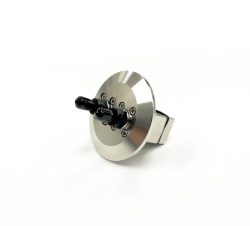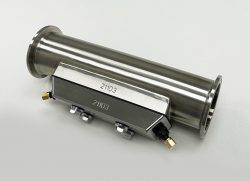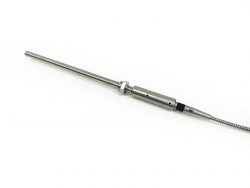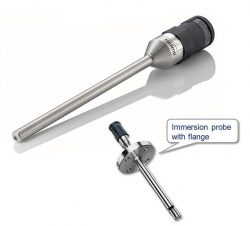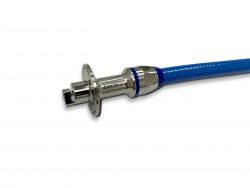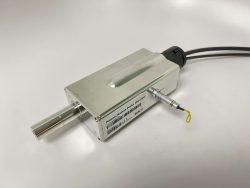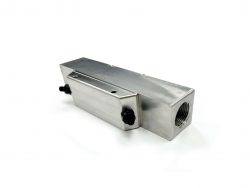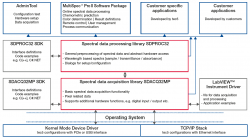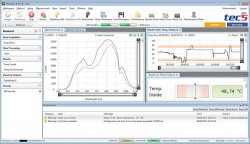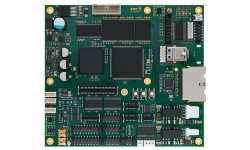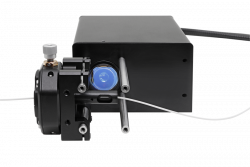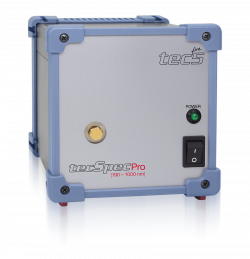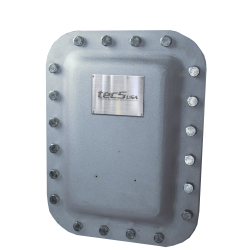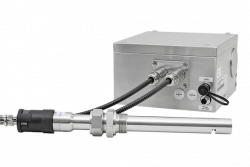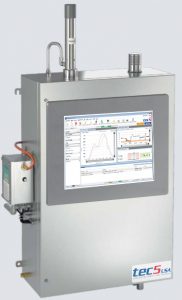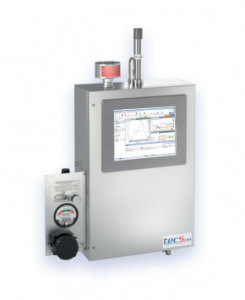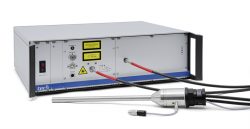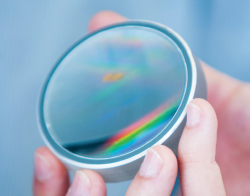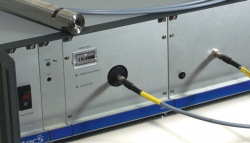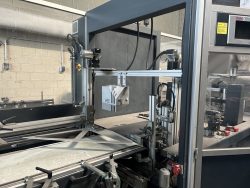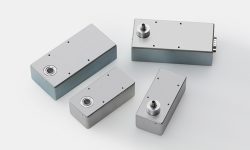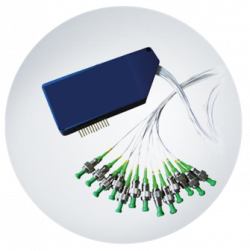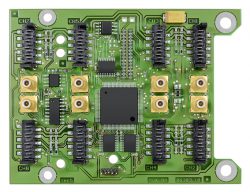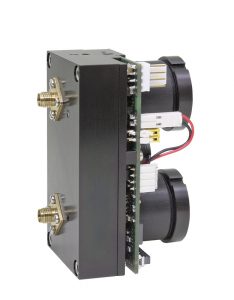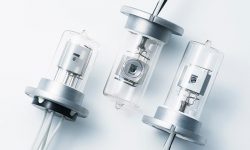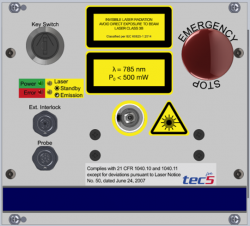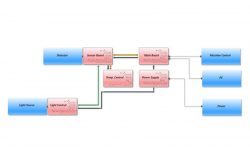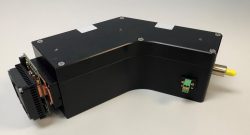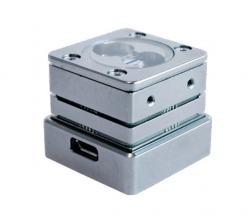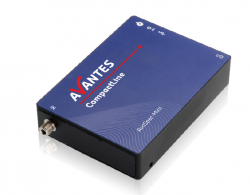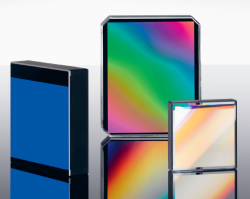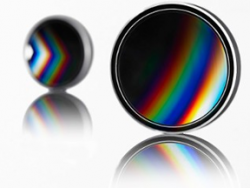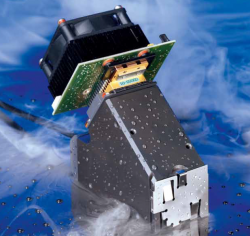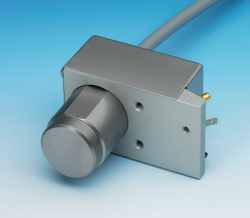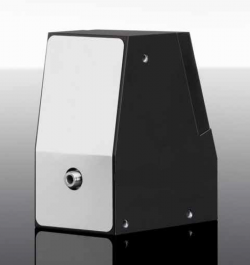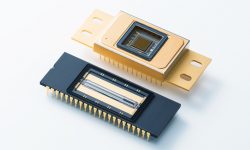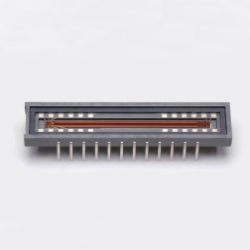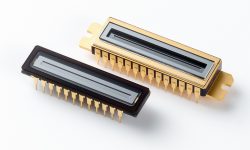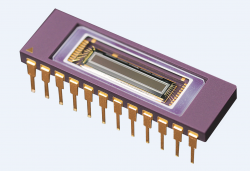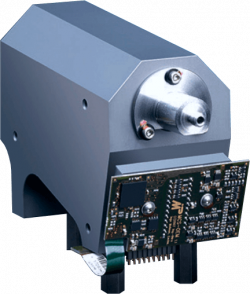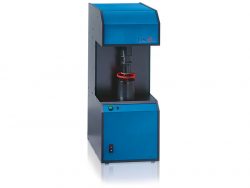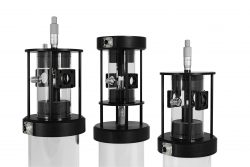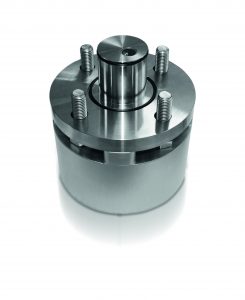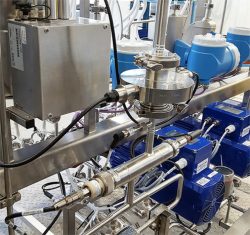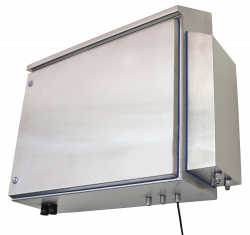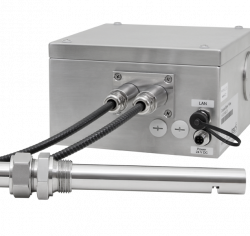Value Based Process Spectroscopy
- True process verification
- Ensuring consistent quality
- Minimize waste and reduce rework
- Enable closed loop controls
OUR COMPANY IN PRESS AND MEDIA
Others about tec5USA
PRODUCTS & SOLUTIONS
OEM Components and Turnkey Solutions to help you save cost
-
![probes other optical interfaces]()
Probes & Optical Process Interfaces
-
![Optical Fibers & Assemblies]()
Optical Fibers & Assemblies
-
![Electronics Multiplexers & Optical Fiber Switchers]()
Electronics Multiplexers & Optical Fiber Switchers
-
![OEM Light Sources]()
OEM Light Sources
-
![Operating Electronics]()
Operating Electronics
-
![Imaging Sensors]()
Imaging Sensors
-
![Diffraction Gratings]()
Diffraction Gratings
-
![Optical Benches & Spectrometer Modules]()
Optical Benches & Spectrometer Modules

tec5 Custom OEM and Turnkey Solutions
Enabling real-time process verification through rapid in-line spectroscopy
OEM Components
Reveal Process Optimization Potential For A Wide Range of Industries
Turnkey Solutions
Online Raman Analyzers, Process UV and NIR Solutions, our Compact Near Infrared Spectrometer, LIBS
View Our Applications
From Semiconductor and Chemistry to Life Sciences and Medical, we have a solution for every need
Who do we work for?
Driving Results for a Wide Variety of Industries
Every problem is an opportunity for a solution
Our Application Scientists and Engineers will strive for the best to help you
- Continuous Monitoring of CQAs and CCPs with True Process Software
- Embedded Spectroscopy for Analytics 4.0
- High-Speed Measurements via High Optical Throughput and High-Speed Electronics
- Optical MUX’es and Switches Revealing Cost Saving Potential
- Tailored In-Line Process Spectrometer Systems





Testimonials
See How Our Clients feel about tec5USA
We Make You Increasingly Efficient
Client
Bluepoint
Industry
Mechanical & Industrial Engineering
Client
FIALabs
Industry
Industrial Automation
Client
Onto
Industry
Semiconductors
Client
Pion
Industry
Pharmaceuticals
they trust us
Companies tec5USA Proudly Serves
FAQ
Frequently Asked Questions at tec5USA
The spectroscopic methodology is determined by which parameters are important to monitor during a process. For example, if you want to monitor protein concentration in a bioreactor, in which the biosynthesis takes place in an aqueous medium, then you likely would want to use Raman spectroscopy for the application, as water does not contribute to the Raman signal. Alternatively, if moisture content is important, water has very strong absorption in the NIR due to several vibrational and combination modes that can be monitored; water is transparent in the UV and visible spectral region. Understanding which chemical is important as there could be various factors that influence the choice of methodology....
Spectroscopy is the study of the interaction of light with matter. Light covers a broad range of the electromagnetic spectrum from high energy ultra violet (UV) photons to the near infrared (NIR), with the visible spectrum that we can see being in between. These different portions of the spectrum are important because they interact with matter in different ways. In the UV, these photons have high energy and therefore can induce electronic transitions, while the NIR photons can cause molecules to vibrate at unique frequencies. The way that we measure where compounds absorb light is by taking a spectrum, which is a graph showing the transmission of light as a function of the wavelength. All compounds have a unique absorption spectrum which can be used to identify the chemical composition of samples....
Raman spectroscopy is a technique which is used for several markets. These industries include Oil and Gas, Pharmacology, Biotechnology, Petrochemistry and many others. Due to the high selectivity of Raman spectroscopy, it is a powerful tool for many applications including, hydrocarbon analysis, bioreactor protein monitoring, crystallization monitoring, API concentration, polymer identification, surfactant analysis, natural gas components and several others....
When it comes to measurement of multiple locations, there are several options available. One option, which will produce the most reproducible results is cloning the spectrometer system for each measurement point, although this is the most costly one. Alternatively, we have options for either electronic or optical multiplexing. In electronic multiplexing, we control up to 8 of our spectrometers using a single set of operating electronics, thus saving in the cost of the electronics. In this configuration, there is no noise introduced to the measured signal as there are no moving optical parts. Alternatively, a single high end spectrometer can be paired with a fiber optical switch, operating on the principle of moving a light path through precise positioning of piezo bending elements, for up to 32 measurement points. Since there are optical elements that are moving, this introduces a very small amount of noise to the measurements. This option can dramatically lower the cost per measuremen...
Inisights
















